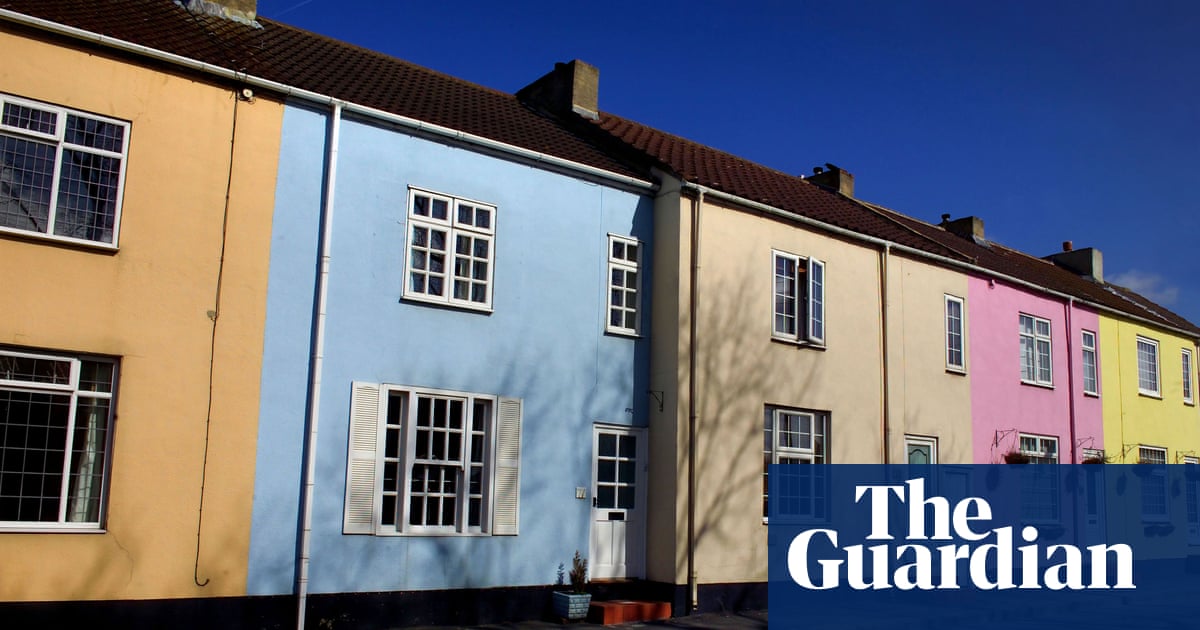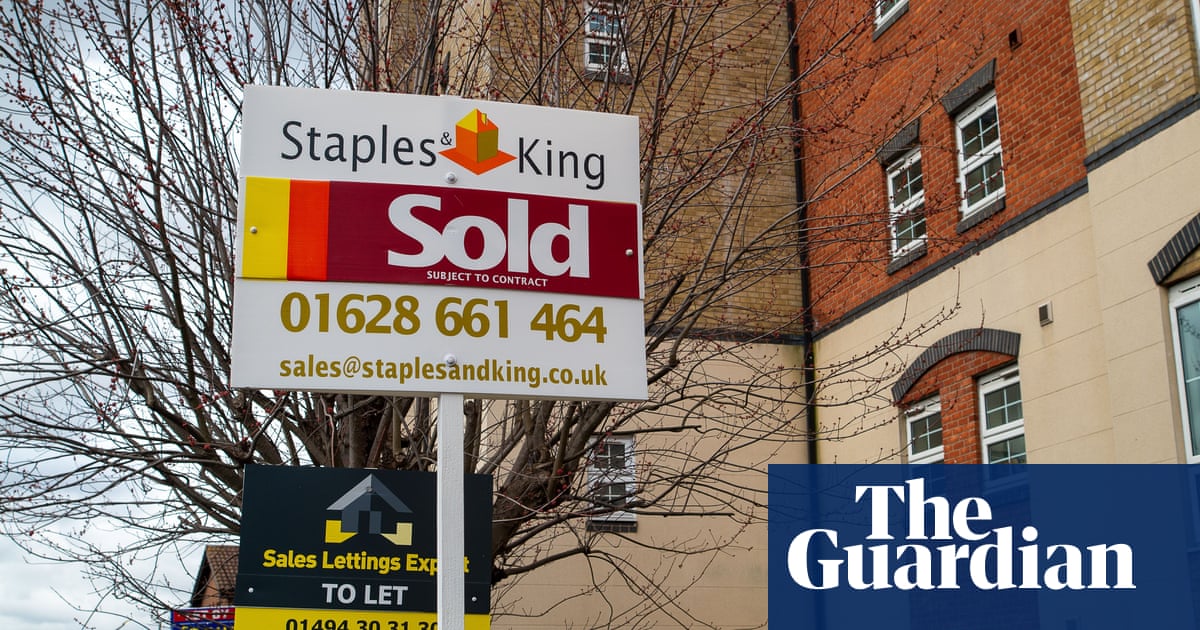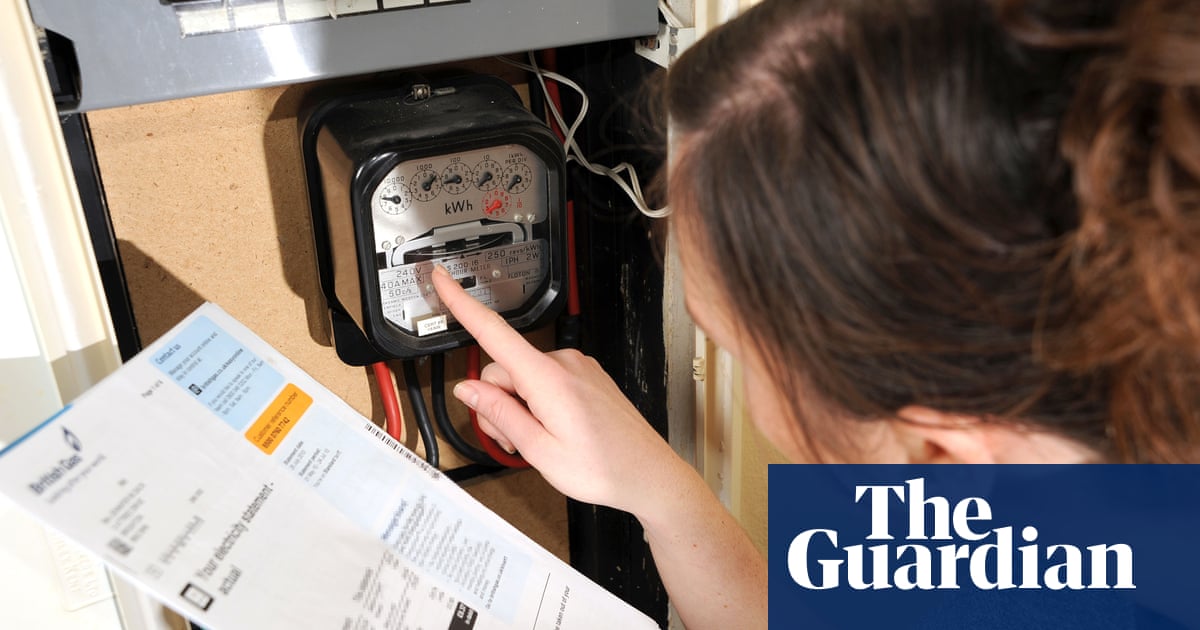
UK home sellers are having to shave an average of £14,000 off the original asking price as the market continues to cool, data shows.
The property website Zoopla also said that in the face of weaker demand, more than 40% of the homes it currently had listed for sale had an asking price that had been lowered to attract “price-sensitive” buyers.
However, separate research from Halifax on Tuesday highlighted the sizeable house price gains made by millions of homeowners during the past three years, and how owners of larger homes have been the big winners from the pandemic-fuelled “race for space”, while London flat owners have gained the least.
According to Nationwide’s most recent data, UK house prices have fallen for four months in a row, while the rival Halifax said they were stable in January but fell in each of the previous four months.
Zoopla said demand from homebuyers had “rebounded” in the first two months of this year after last September’s disastrous mini-budget caused chaos in the financial markets, but remained at half the level recorded a year ago as buyers remained cautious.
The supply of homes for sale is also improving: the website said the average estate agent office had 24 homes for sale compared with 15 a year ago, providing more choice for homebuyers, who now have more room to negotiate on price, and helping to reduce the upward pressure on property values.
As a result, sellers were having to accept an average 4.5% discount to the asking price in order to achieve a sale – the highest figure for five years, Zoopla said. In London and the south-east the figure is more like 5.5%.
The average discount to asking price was £14,100 – but with the website estimating that a typical UK home had £42,000 added to its value during the coronavirus pandemic, this suggests sellers are forgoing, on average, only a third of this gain.
Richard Donnell, the site’s executive director, said: “Discounts to asking price have widened and, while 4-5% discounts are manageable, if these were to widen further, this would point to a greater likelihood of larger house price falls.” However, he added that he believed the market “remains on track for a soft landing in 2023, with modest price falls of up to 5%”.
The Halifax data showed that the average UK house price went up by 20.4% – or £48,620 – between January 2020 and December 2022, climbing from £237,895 to £286,515.
During the three years prior to that – January 2017 to December 2019 – it grew by 7.8%, or £17,158.
According to the 2020-22 data, the average price for bigger homes grew at almost twice the rate than for smaller properties. When the UK housing market first reopened after months of Covid lockdown, there was an increase in demand for larger homes as buyers sought more space, a garden or better environments for working from home.
As a result, the average price of a detached home soared by 25.9% between the start of 2020 and the end of 2022.
By contrast, demand for smaller properties in more urban areas fell during the pandemic. At a UK level, the typical cost of a flat went up by 13.3% over the same period. However, the impact of the race for space was particularly acute in London, where the average price of a flat grew by only 3.8%, or just under £10,000, over the three years.












